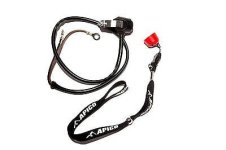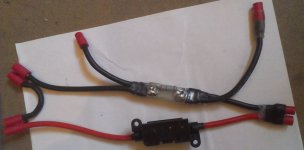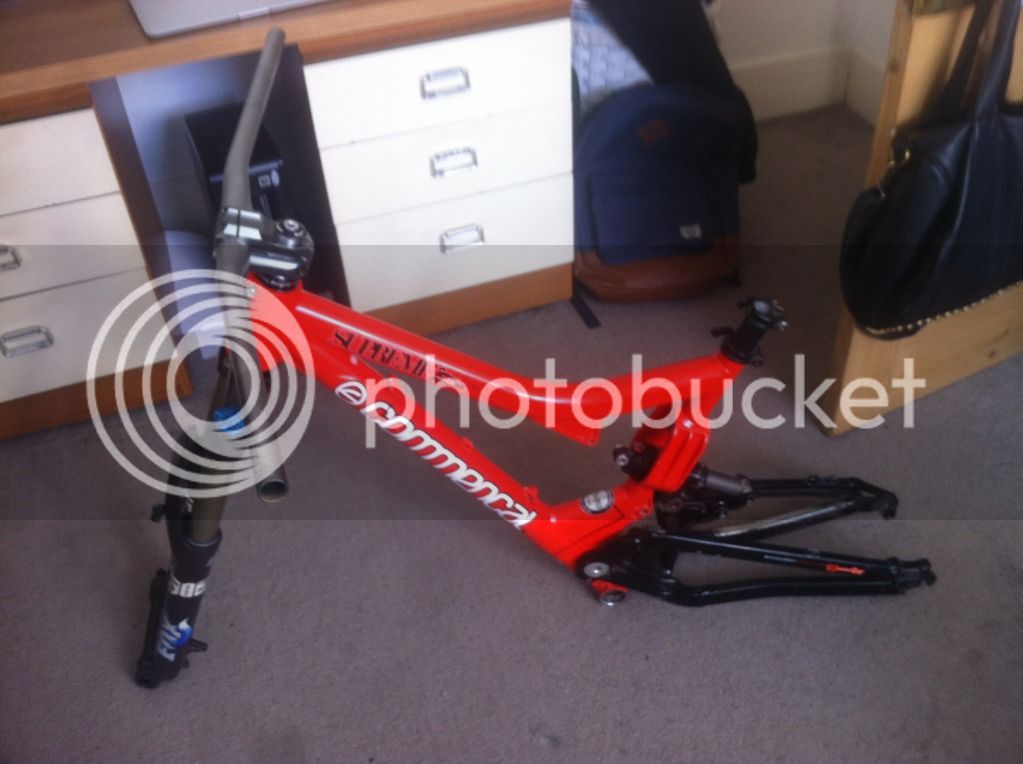I have just specified an amazing planetary gearbox for this  much better than the Neugart PLE's, and more compact! The reduction ratio is 10:1. The motor will drive this with a small reduction between the two (i.e. slightly smaller sprocket on the motor) to give my overall reduction. The gearbox then drives the jackshaft and the jackshaft drives the rear wheel, both at a 1:1 ratio due to size constraints. I am unsure on whether to rewind my motor. I'm awful with the electrical stuff, and I'm struggling to understand whether a higher kv will put more or less strain on the controller (although I obviously understand that thicker wire has the potential to carry more current?). I haven't seen anyone use an 80100 with 180kv; everyone seems to go with the 130kv or a rewind (understandable for the lower rpm).
much better than the Neugart PLE's, and more compact! The reduction ratio is 10:1. The motor will drive this with a small reduction between the two (i.e. slightly smaller sprocket on the motor) to give my overall reduction. The gearbox then drives the jackshaft and the jackshaft drives the rear wheel, both at a 1:1 ratio due to size constraints. I am unsure on whether to rewind my motor. I'm awful with the electrical stuff, and I'm struggling to understand whether a higher kv will put more or less strain on the controller (although I obviously understand that thicker wire has the potential to carry more current?). I haven't seen anyone use an 80100 with 180kv; everyone seems to go with the 130kv or a rewind (understandable for the lower rpm).
I think the weakest components in my build are the controller and the rear hub. Hopefully I will protect the controller with the capacitors and other mechanical systems.
Gwhy! thank you so much for those pictures! That's a huge reduction in length, exactly what I need! That makes perfect sense about moving the second bearing to the mount too. I see you lose the little black screws on one end of the can, what is their function? I haven't had time to dissemble the motor yet. Thanks so much again for that!
I think the weakest components in my build are the controller and the rear hub. Hopefully I will protect the controller with the capacitors and other mechanical systems.
Gwhy! thank you so much for those pictures! That's a huge reduction in length, exactly what I need! That makes perfect sense about moving the second bearing to the mount too. I see you lose the little black screws on one end of the can, what is their function? I haven't had time to dissemble the motor yet. Thanks so much again for that!





